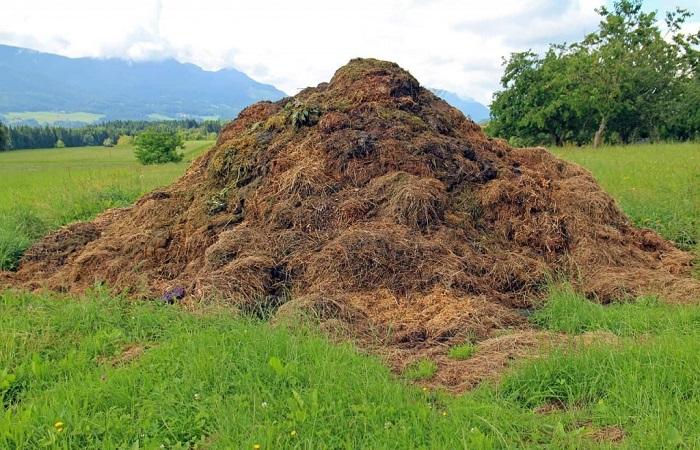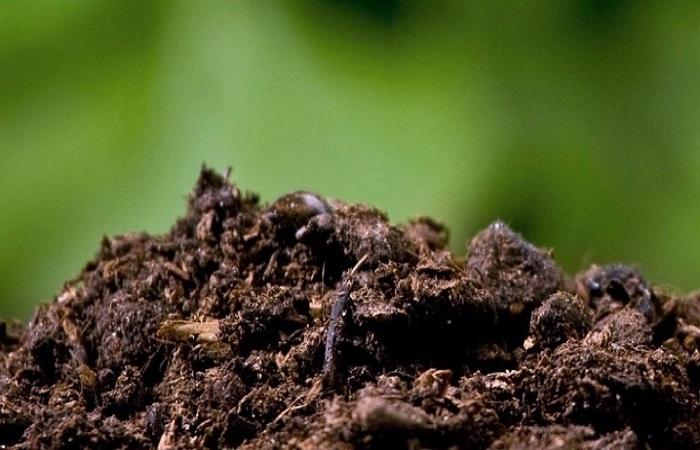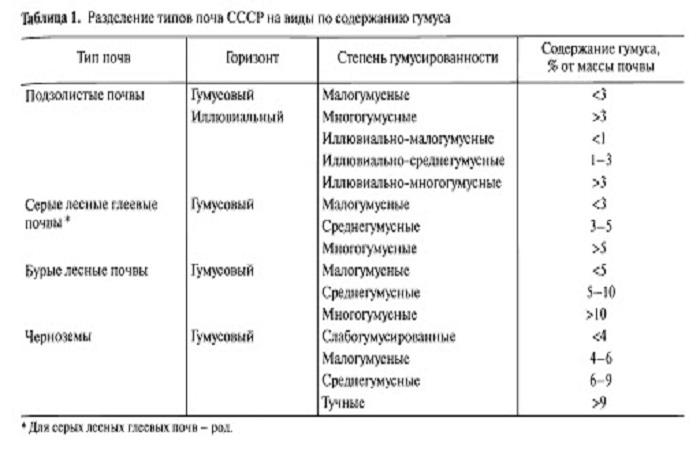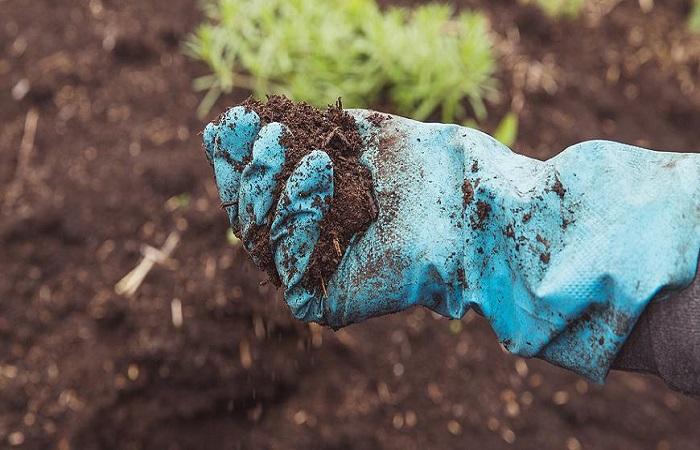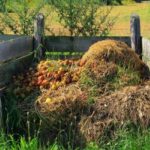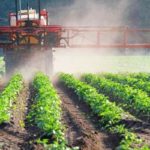Humus is an integral component of soils, the main characteristic of the fertility of agricultural land. Its content determines how suitable the soil is for growing plants. Let's consider what humus is, how it is formed, how it differs from humus, and the classification of soils according to their humus content. How is the substance used in agriculture?
What is humus and how is it formed?
Humus is the most important organic soil substance, which contains nutrients used by plants.The volume of humus in the upper horizon varies; the largest amount of humus is found in chernozems.
Soil matter is formed from organic substances and their derivatives and organomineral compounds. The process of its formation is called humification; the finished substance is formed from organic material - rotted plant residues.
Organic matter is processed by soil microorganisms and animals. First, plant residues are processed by earthworms. Then the semi-processed organic matter is consumed by soil microflora, continuing to process it. Aerobic and anaerobic bacteria take part in this process. They break down organic material into simple compounds. The earth is filled with minerals.
There is a direct connection between the number of soil inhabitants and the rate of creation of the humus layer. The more there are, the faster humus is formed. Earthworms not only digest organic residues, but also loosen the soil, making a lot of moves in it.
Thanks to humic substances, plants activate the growth of all parts of the body; carbon dioxide, which is formed during the decomposition of organic matter by anaerobic bacteria, is used by plants in respiration processes. Humus is a good leavening agent; it makes even dense loamy soil looser and softer. At the same time, it strengthens the soil, makes it more structured, and reduces erosion.
Substances in its composition bind toxic components, deactivate them, limiting their spread. When processing organic matter, basic and additional nutrients are released and accumulated in the humus layer.
Differences from humus
The difference is that humus is formed from humus in the upper soil layer over many years. It turns out humus from plant residues and animal manure.This is a homogeneous, loose mass, light, similar in color to black soil, and can be black or brown. Good humus smells like spring earth and contains a large amount of nutrients and organic matter.
You can also obtain humus artificially - put leaves, grass, twigs, manure in a compost heap, mix and leave to rot. Fresh humus is obtained at least a year after laying the materials; mature humus is considered if it lasts 2-3 years. Once applied to the soil, it produces humus after further processing by bacteria.
Classification of soils according to humus content
Classification occurs according to the content of this important soil component. The volume of humus is expressed as a percentage. Let's consider how much humic substance is contained in soils using the example of different types of chernozem.
Low humus
In such soils, the content of fertile matter varies between 2-4%. As a result, the soil becomes gray or dark gray in color. The fertility of such soils is the lowest among those considered, there is little humus in them, moisture and air penetrate less well, and the speed of microorganisms is reduced.
Moderately humus
Contains 4-6% humus in the soil layer. Such soils have higher fertility than the previous type, they are darker, and have better characteristics.
Medium humus
Under the influence of bacteria, 6-9% of the substance accumulates in the soil layer. Such soils are more structured and have good moisture and air permeability.
Humus
The humus layer contains the highest content of the substance - from 9% and above. These are the most fertile and economically valuable lands.They are black in color, heat up well, and hold plant nutrients well.
Where is it used?
Humus, as a component of soil, is used for growing plants, in agriculture, and in private plots. It largely determines what yield can be obtained using standard agricultural techniques.
With constant use of the soil, the humus content gradually decreases, so it needs to be restored. Restoring fertility is achieved by adding humus, laying mulch and applying fertilizers. Such measures are necessary, since plants draw out a lot of nutrients, but fruits that are collected from the ground do not return to it, and new humus does not form from them.
In order for the humus substance to form faster, it is necessary to use other agrotechnical measures when growing plants - loosening, which makes the soil softer and allows air to penetrate to the roots and be used by microorganisms for their work.
In order for bacteria - the main converters of organic matter - to multiply, it is necessary to apply not mineral, but organic fertilizers and limit the use of pesticides, especially synthetic ones, which negatively affect the microflora when they enter the soil.
Humus is constantly formed in the soil; it is a natural process. How fast it goes depends on climate, vegetation and the activity of soil microorganisms. Chernozems are considered the most humus, but their humus content is uneven. Other types of soils are inferior to chernozems in fertility, but remain fertile enough for use in agriculture.


